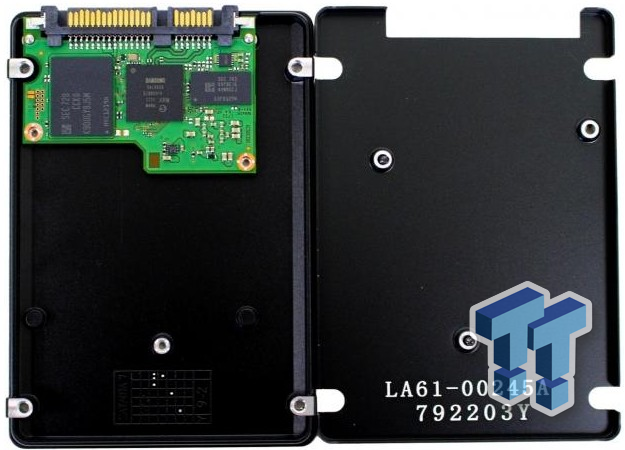These chips are not only very close together vertically but are tied with copper which is an awesome thermal conductor specially through the power planes of the PCB. So throttle one, throttle all.
But if you look inside a modern 1TB SSD:

it is still a tiny PCB with components both sides. I haven't heard of thermal pads being used to transfer heat to the shell, and many drives have a plastic top shell. They just don't do enough to get hot. The two small screws holding the PCB in place must be doing enough heat transfer!





 LinkBack URL
LinkBack URL About LinkBacks
About LinkBacks
 Reply With Quote
Reply With Quote



